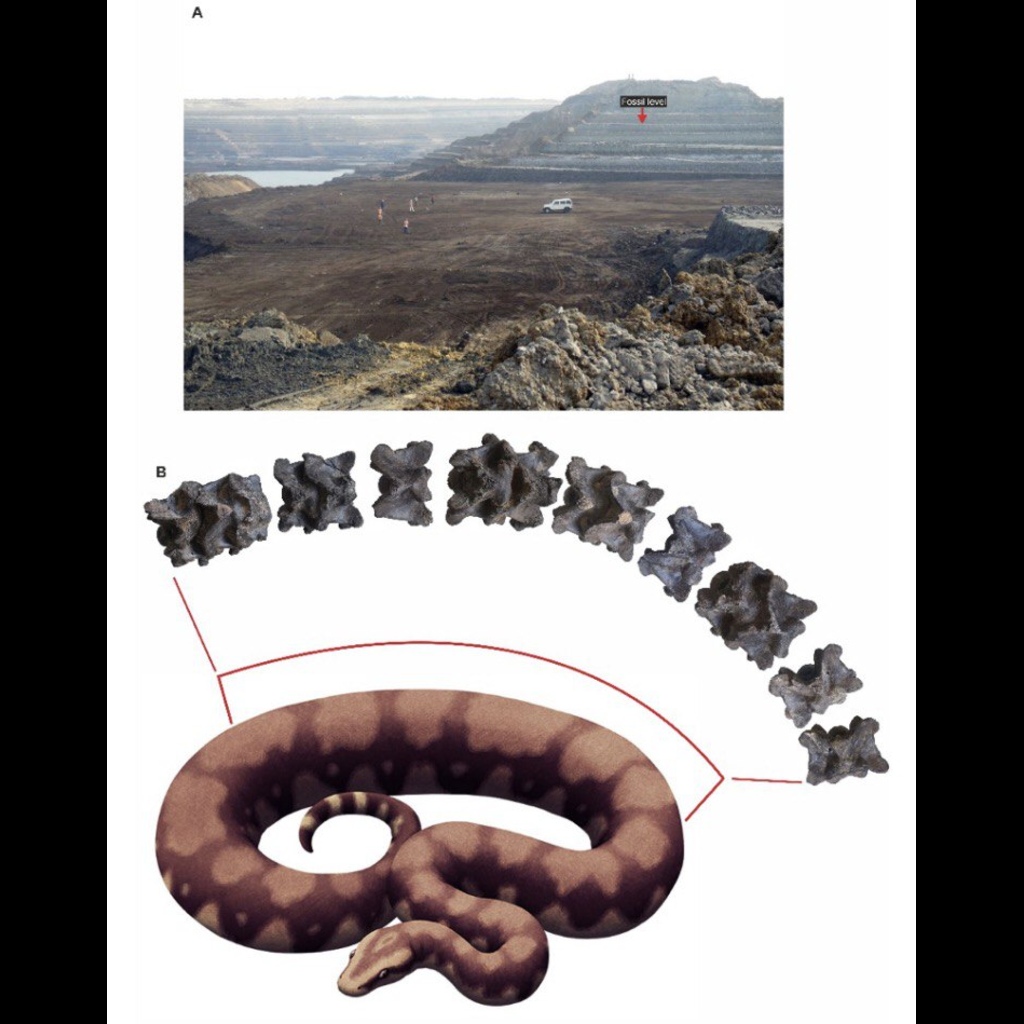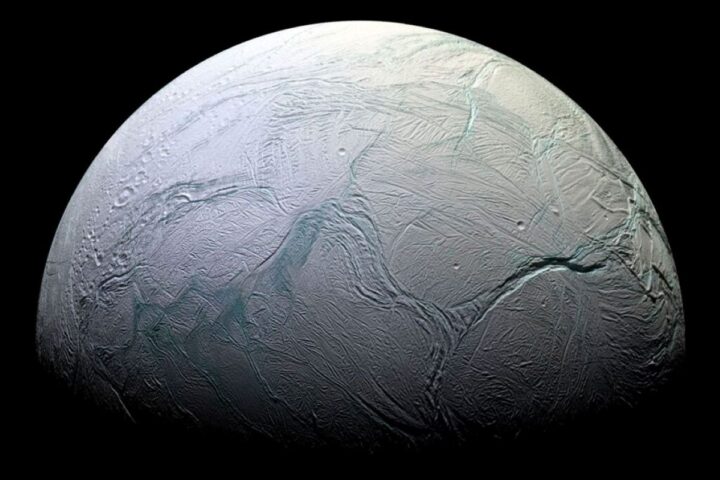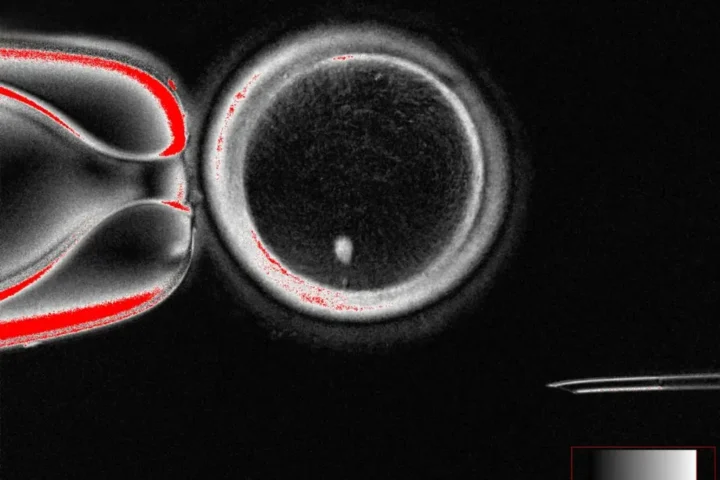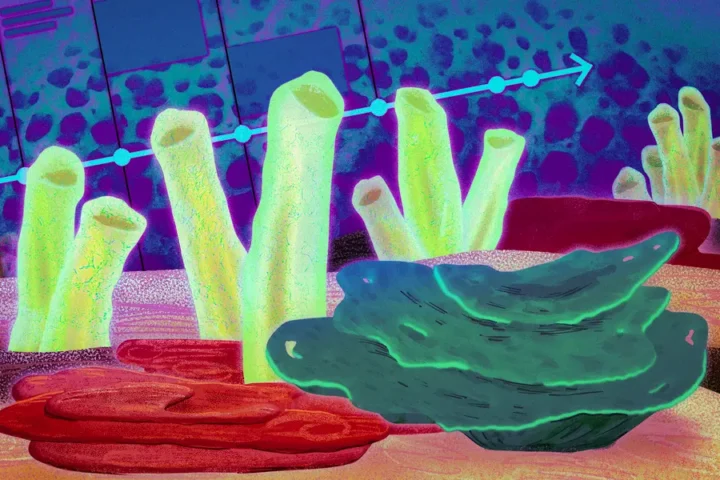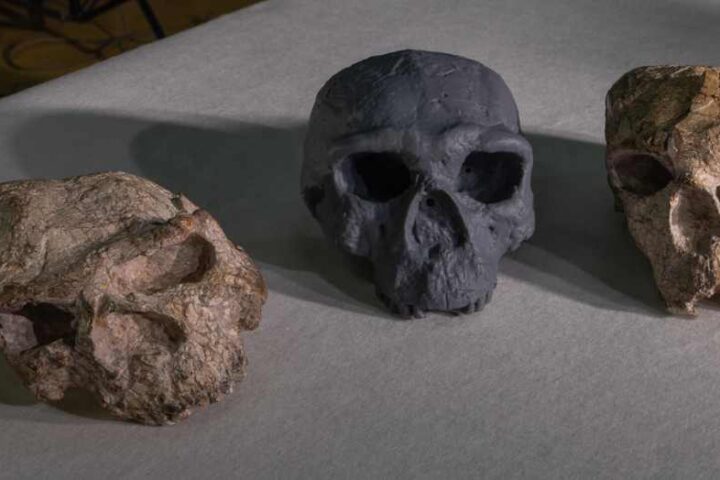It is said that God is infinite and his story too is endless. Similarly, the world of research is without an end. According to recent reports, a fossil was found in Kutch, Gujarat in 2005. It was believed to be of a giant crocodile but has turned out to be one of the largest snakes that ever existed on earth. The discovery of the snake, called Vasuki Indicus, by IIT (Indian Institute of Technology) – Roorkee could be a “jackpot.”
Vasuki represents an extinct relic lineage that originated in India. According to Sunil Bajpai, chair Professor of IIT – Roorkee’s Department of Earth Sciences, this serpent measures between 11 meters (36 feet) and 15 meters (49.22 feet). It is longer than the now-extinct Titanoboa in Colombia. The snake is named after the mythical king of serpents, usually depicted around the neck of Lord Shiva. Its origin in India refers to a slow-moving ambush predator akin to an anaconda.
The study finds the closest relatives of ‘Vasuki Indicus’ to be Titanoboa and Python. The study is named “Largest known mastoid snake from the warm Eocene period of India.” It suggests intercontinental Gondwana dispersal. It was published in ‘Scientific Reports’ on the Springer Nature platform Friday.
Similar Post
Bajpai and post-doctoral fellow Debaji Datta from IIT-Roorkee said the fossil of this snake was recovered from the Panandhro Lignite Mine in Kutch, Gujarat. It dates back to the Middle Eocene period and is approximately 47 million years old. Researchers discovered 27 well-preserved vertebrae, which appear to be from a fully grown reptile.
The length of Vasuki makes it the largest known mastoid snake. It thrived during a warm geological interval with average temperatures of 28 degrees Celsius. The fossil was found in 2005 but was examined in 2022. Initially, it was thought to be a crocodile due to its size, but then it was realized to be that of a snake. It turned out to be the biggest in its family and is similar to Titanoboa.
Vasuki represents a now-extinct relic lineage that originated in India. The subsequent India-Asia collision led to the intercontinental dispersal of this lineage from the subcontinent into North Africa. Bajpai said, “Through this discovery, we have been able to show we have remarkable snakes in India as well as other species.”
The researchers also discovered the fossil of a plant-eating dinosaur believed to be 167 million years old, in Jaisalmer, Rajasthan, last year. In short, the mythical Vasuki indices represent an extinct relic lineage that originated in India.
